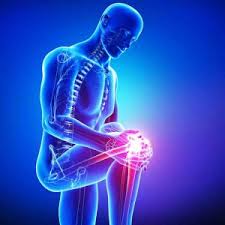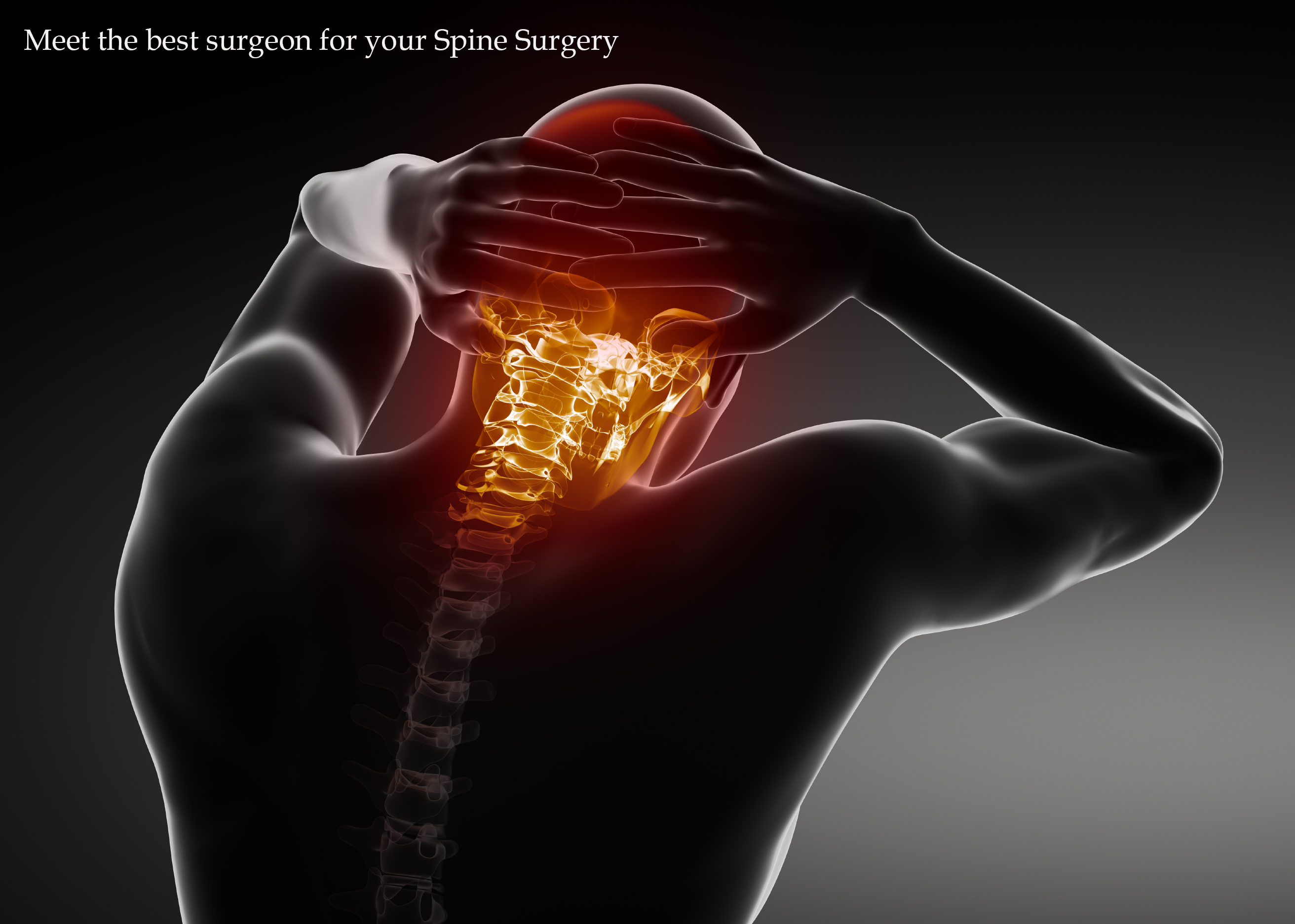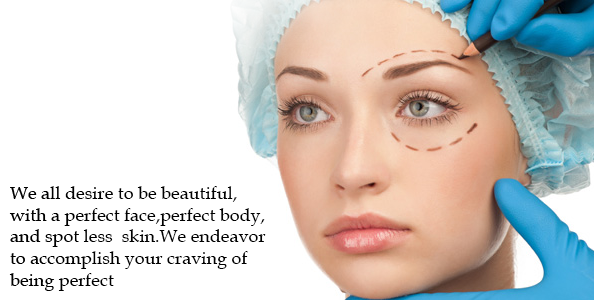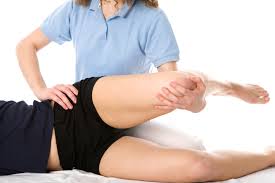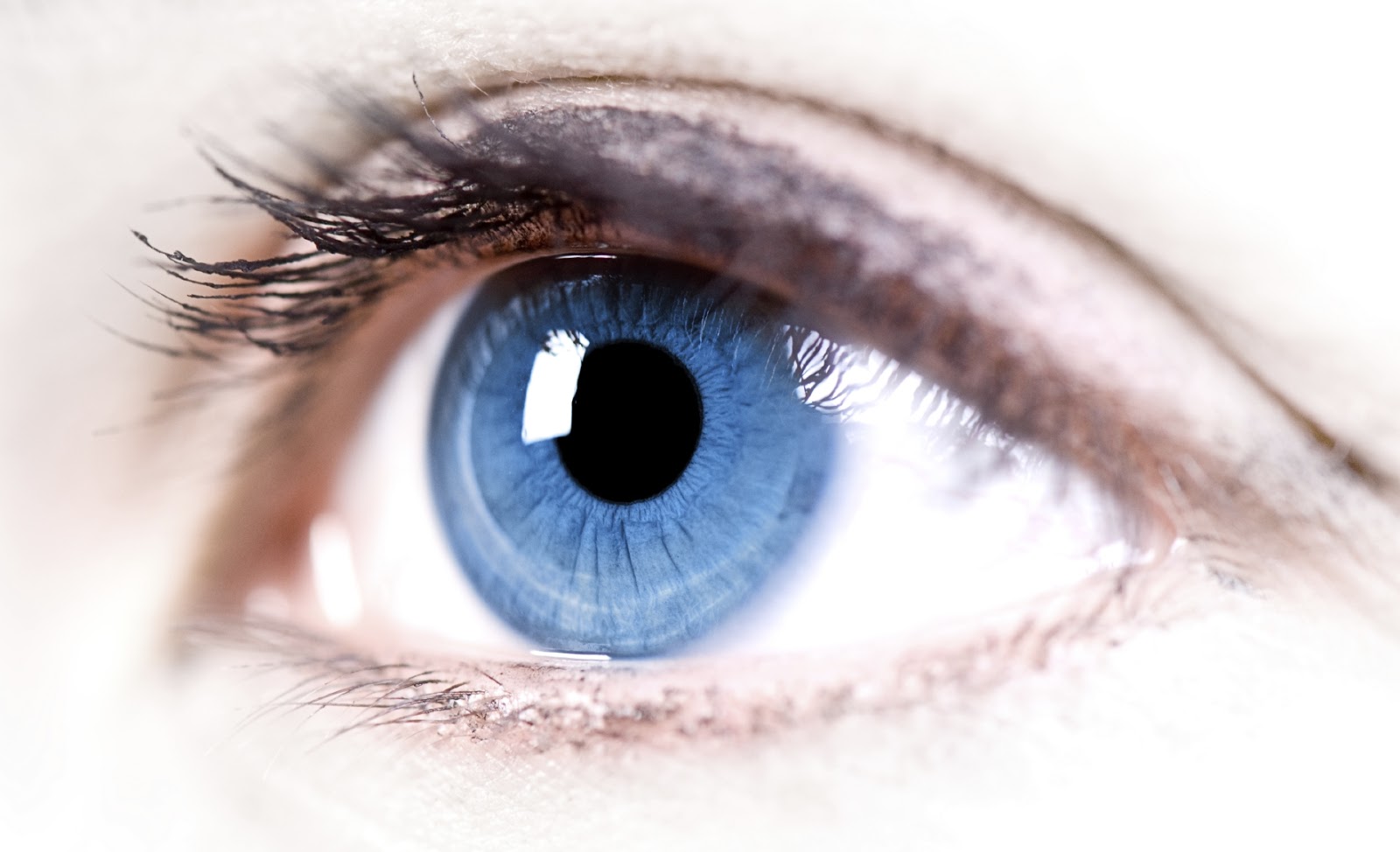Overview
Dyshidrotic eczema, also called dyshidrosis or pompholyx, is a type of eczema that causes tiny, itchy blisters and dry skin. It usually affects the skin between your fingers, on your palms and on the soles of your feet. The fluid-filled blisters look like small, cloudy beads. They’re about 1 to 2 millimeters wide — the size of a pinhead. Sometimes, they join together to form a larger blister. When the blisters dry out, your skin may turn scaly and crack. While the exact cause isn’t known, dyshidrotic eczema can be triggered by various factors including allergies, temperature changes, stress etc. You can manage mild symptoms at home between visits. This can help calm your skin.In some cases, oral medications like corticosteroids or immunosuppressants may be prescribed.
Causes
Healthcare providers don’t know exactly what causes dyshidrotic eczema. They believe that both genes and the environment play a role. This condition can run in biological families. So, if your parent or sibling has it, you might get it, too. Certain things in your environment, like allergens or stress, can also trigger symptoms. Dyshidrotic eczema isn’t contagious. You can’t catch it from someone else. And you can’t spread it through physical contact.
Symptoms
Dyshidrotic eczema causes symptoms that come and go. These may last for several weeks at a time. The most common symptoms affect your skin and may include:
- Small, firm blisters
- Pain or soreness
- Itching
- Peeling or scaling
- Changes in color
- Extra sweating
- Dryness and cracking (after blisters go away)
In severe cases, blisters may get bigger and spread to the backs of your fingers, hands and feet. They won’t spread to other parts of your body.
Diagnosis and Tests
- Allergy test
- Biopsy
- Blood tests
These can also help rule out other conditions that look similar, like:
- Contact dermatitis
- Bullous pemphigoid
- Hand, foot and mouth disease
Treatment
Treatment for dyshidrotic eczema may include:
- Avoiding triggers: Your provider can help you figure out and avoid things that make your symptoms worse. This may include using unscented soaps, not wearing nickel jewelry and avoiding foods you’re allergic to.
- Creating a skincare routine: This condition weakens your skin’s protective barrier. Using extra moisturizer keeps your skin hydrated. It prevents cracking and dryness.
- Trying at-home remedies: You can manage mild symptoms at home between visits. This can help calm your skin.
- Using medications: Your provider may prescribe creams or lotions to help your skin heal faster.
- Treating the underlying cause: If your symptoms link to an underlying condition like athlete’s foot or excess sweating, your provider will treat those.
At-home treatments
You can do a few things at home to make your blisters more comfortable, including:
- Gently washing the affected areas with mild soap
- Applying an antibacterial cream or ointment
- Covering the areas with a bandage or gauze
- Changing your bandages at least once a day
It can be tempting to pop your blisters, but avoid doing this. The skin over your blisters helps protect the deeper layers from infection.
In addition to caring for blisters, you can try these steps to ease symptoms and help your skin heal:
- Soak your hands and feet in cool water to help you relax.
- Apply a cool compress for 10 to 15 minutes to lessen itching, then air dry and moisturize right away.
- Use unscented moisturizers often throughout the day to help with dryness.
Outlook / Prognosis
What can I expect if I have dyshidrotic eczema?
Dyshidrotic eczema symptoms usually flare up and last about three to four weeks before clearing up. This condition affects everyone differently. You might only have symptoms once. Or you might have frequent flare-ups when you contact triggers like allergens, sweat or stress.
If you have repeated flare-ups, the condition may change your skin over time. Your skin could become dry, cracked or thicker. It can even affect your mental health if flare-ups keep happening. Treatment can help you avoid triggers and manage symptoms so they’re less uncomfortable.
Taking good care of your skin is a great first step to help you feel better. Your healthcare provider can work with you to manage this condition and keep your skin as healthy as possible.
Prevention
How can I prevent dishydrotic eczema flare-ups?
To lower your risk of new symptoms or flare-ups:
- Use warm (not hot) water when washing your hands and wash your skin right after touching an allergen or known trigger
- Use gloves when washing dishes or handling harsh chemicals
- Skip new jewelry if you aren’t sure what it’s made of, and you have a metal allergy
- Dry your hands and feet well after bathing or swimming
finally to conclude if you find any of your loved ones looking for any major treatment abroad you can connect us via Email – query@gtsmeditour.com and share the medical reports in order to assist you getting medical opinion and right treatment plan.
Thank you..!
Happy to assist..!


